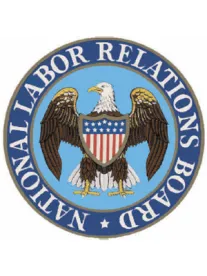In a decision that reverses existing case law on employee use of employer email, the National Labor Relations Board has decided that under certain circumstances employees do have the right to use and employer’s email to engage in protected communications under the National Labor Relations Act. Purple Communications, Inc., 361 NLRB No. 126 (December 11, 2014).
The key points in the majority opinion are:
-
The decision applies only to the employer’s employees, not non-employees.
-
The decision applies only to the use of the employer’s email, and not other forms of electronic communication maintained by the employer.
-
Importantly, the decision applies only in situations where the employees are already authorized to use the employer’s email for business purposes (or, it would seem to follow, for non-business purposes).
-
The use is subject to “reasonable” restrictions (e.g., non-work time, no oversized attachments, etc) necessary to maintain “production and discipline”.
-
Employers may monitor employee use as long as it is not discriminatory or tailored to impede protected use.
This decision is not a surprise. It was well publicized that the Board was considering the issue anew, and the Board requested amicus briefs – a sure sign that the case is deemed important by the Board and a fairly reliable (though by no means certain) signal that the Board is going to change the law.
Bigger questions loom about the importance of the decision. As the dissents pointed out, the decision introduces uncertainty for employers, who now must figure out what type and how many “restrictions” are needed and whether they can be justified to the Board; and who must now navigate the shoals of monitoring employee email and the risks of unlawful surveillance that can pose.
Query how important the decision is to unions and employees. Certainly a decade ago it would have been more important, but as the dissents also note, the technological revolution of the past few years has provided myriad means of electronic communication available to employees and unions, which do not depend at all on the use of or access to employer email.
All of which raises the question whether, on balance, the uncertainty for employers introduced by the decision, is worth the marginal additional communication rights it gives to employees?


 />i
/>i

